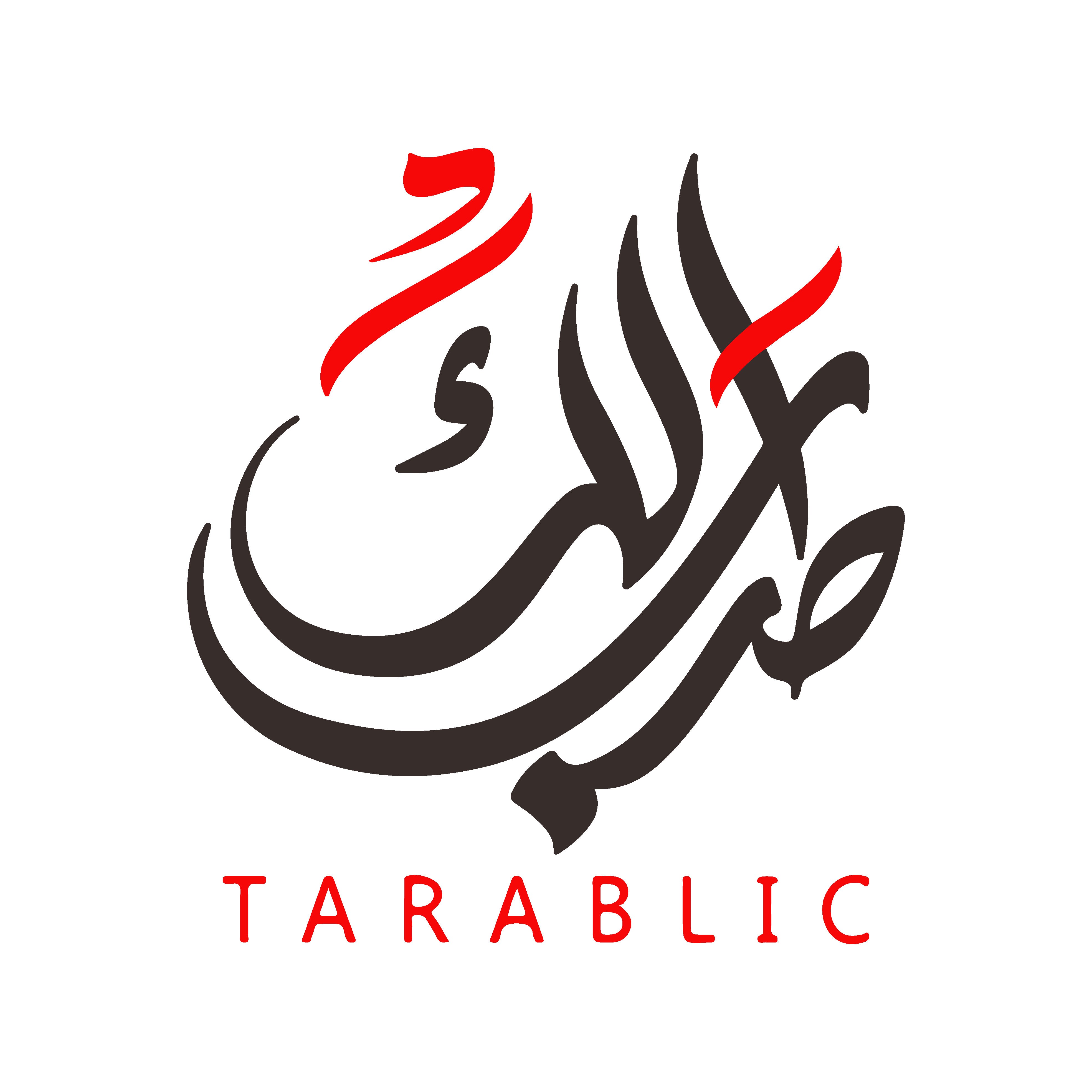The sound that we hear, in itself, is a combination of ringing tones (generated by resonating objects). The character (timber) of a sound is determined by three criteria; the frequency values of these tones, the loudness of each tone, and the relative time difference between them. For example, the simplest form of sound we hear comes from resonance at a single frequency, like the sound of a tuning fork. Variations in these three criteria are the reason why we can differentiate between the sound of a person singing the note A vs the sound of a violin playing the same note. The frequency of which a mechanical system resonates at is a fixed property. It is not related to how the system is excited. For example, striking a tuning fork hard will generate the same tune as striking it soft.
An acoustical instrument is essentially a group of resonating devices that generates lots of simple sound waves at different frequencies. In Ouds, there are three major resonating bodies. Together they generate hundreds of tones that combine and create the characteristic sound of the instrument. The first set of frequencies is generated by the elastic strings. When a string is picked, its full length vibrates, and also smaller sections of it simultaneously vibrate as well. Each of these vibrating portions of the string generates waves, with frequencies that are relevant to that section length. The longer the section the lower the frequency generated. The waves generated will have frequencies that are multiples of each other (called harmonics). The lowest one, which is generated by the full length, is called the fundamental frequency. You can see here how the type of string affects the ratio of fundamental to harmonic frequency content. The less flexible a string is, the fewer harmonics can be generated.

A soundboard is considered an elastic plate and it vibrates similar to a string but in two dimensions. As the bridge is activated by the vibrating string it transfers vibrations to the soundboard. The soundboard reaction and the way it resonates are affected by its material and bracing.

A simple way to demonstrate the resonance pattern on an Oud is to use a method called Chladni Plate. It works by placing lightweight material on a flat surface. As the surface vibrates the material particles “jumps” and settle onto calmer (or stationary) parts of the plate. This allows the observer to see the vibration pattern. The photo attached shows a Tarablic oud soundboard reacting to the note C.
Lastly, the air body inside the oud is also an elastic object. It responds to the vibration in the soundboard and vibrates with it "hovering" in and out of the rosette's hole which generates its own set of frequencies.
Other factors affect this frequency "recipe" as well. For example body material and shape and neck specifications. Their impact is a little more complicated to explain in this context but it does have a significant effect on how generated frequencies are combined and therefore the overall sound.

